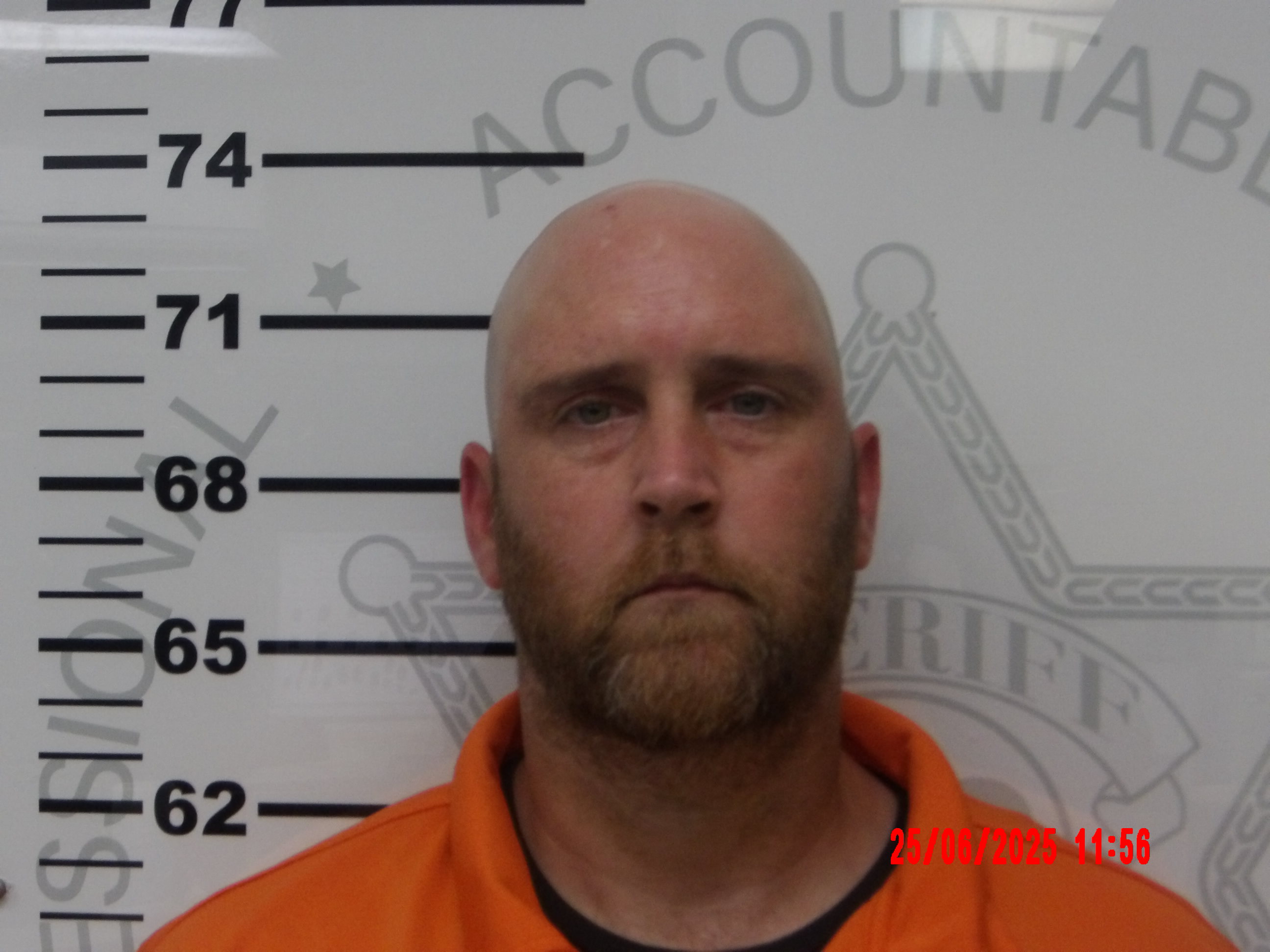Oxford’s proposed curfew is a misguided policy
Published 9:06 am Friday, September 8, 2017
By James M. Thomas
On Tuesday evening, Oxford’s Board of Aldermen held their first reading of a proposed curfew ordinance. The ordinance aims to limit youth under the age of 17 from using public spaces during school hours and between the hours of 10 p.m. and 6 a.m. Like other curfew laws, this ordinance appears well meaning. According to Chief Joey East, it is intended to make our community safer and deter youth from participating in delinquent behaviors.
While curfew laws may be well intentioned, research shows a mixed bag. In a comprehensive study of California’s cities, researchers found these laws “had no discernible effect on youth crime.” In a separate study, researchers found daytime curfew laws actually had the opposite effect on school attendance: truancy increased in 12 out of the 17 schools observed. In other studies, the implementation of curfew laws is associated with an increase in violent crime, calling into question the taken-for-granted assumption that removing youth from our streets will reduce opportunities for criminal behaviors. Instead, when you restrict people’s access to public spaces, you make those spaces more, not less, prone to criminal behaviors because you remove potential witnesses.
While evidence of their effectiveness is insufficient at best, there is good evidence that curfew laws disproportionately target the poor and racial and ethnic minorities. In New Orleans 93 percent of youth detained in 2011 at the city’s curfew center were black. In Minneapolis, 56 percent of curfew charges between 2012 and 2014 were against black youth. Just 17 percent were against their white peers. Black youth in Minneapolis are nearly six times more likely to be arrested for a low-level offense like a curfew violation than their white peers.
Relatedly, curfew laws can have the unintentional effect of eroding, rather than improving, community and police relations. Over the past three years, I have attended or moderated three separate community conversations centered on the relationship between local law enforcement and our minority communities. At each one, participants told heartbreaking stories of profiling and harassment at the hands of local law enforcement. Unfortunately, the Oxford Police Department does not make public its arrest and citation data. But the stories shared at these events suggest that, at the least, there is a perception of unequal treatment by our police department. This on its own is cause for concern, and curfew laws will do little to reduce this perception. Making our arrest and citation data public, however, would help identify if any racial bias exists, and lead to more equitable policing practices.
Finally, the proposed curfew ordinance raises an important question we, as a community, must answer: who has a right to our city? Curfew laws restrict access to public spaces where young people can congregate, engage in meaningful interactions, and strengthen their bonds to each other and to our city. If we are concerned with keeping our youth safe, we ought to consider policies that promote, rather than limit, youth-centered activities and their use of public space.
James M. Thomas (JT) is Assistant Professor of Sociology at the University of Mississippi. His latest book, Are Racists Crazy? (NYU Press, 2016 and coauthored with Sander Gilman), was recently featured in The New Yorker’s “What We’re Reading This Summer” (July 6th, 2017).





